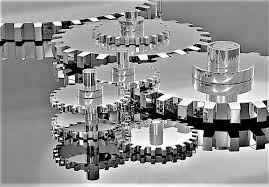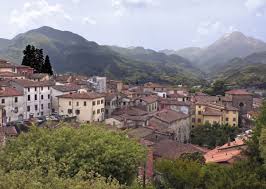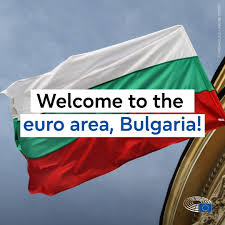Italy announces new National Integrated Plan for Climate, Energy 2030

Rome: Italy’s Ministry of Economic Development (MISE) issued the country’s new National Integrated Plan for Climate and Energy 2030, which has provided more clarity on the renewable energy targets laid out in the energy strategy for the period 2020-2030 – the Strategia Energetica Nazionale – defined by the previous government in November 2017.
According to the new plan, solar has seen its 2030 target for power generation revised up from 72 TWh to 74 TWh and it has also been given an installed capacity target – 50 GW – that was not present in the SEN, despite predictions around 30 GW would be needed to achieve the 72 TWh target.
Italy has an installed PV capacity of almost 20 GW, meaning around 7 GW more will be required to hit the MISE target of 26.6 GW of PV capacity by 2025.
Solar is expected to represent more than the half of Italy’s renewables capacity, which is expected to reach 93.1 GW from around 54 GW currently. The second largest renewable energy source is expected to be hydropower – a traditional strength of the mountainous nation – with 19.2 GW, followed by wind (18.4 GW) and biomass (3.7 GW).
The Italian government has stipulated ground-mounted PV will have to be implemented with a minimal loss of agricultural land.
“This new approach is aimed at supporting the installation of solar power generators mainly on buildings, sheds, car parks, service areas etc,” states the document. “However, the diffusion of large ground-mounted photovoltaic systems remains important for the achievement of the 2030 objectives, but unproductive areas not destined for other uses, or unused agricultural areas, will have to be used.”
The authorization process for developing large-scale PV and the availability of land appear set to remain significant obstacles for developers, as pv magazine reported from Italy’s main solar event – Key Solar – in Rimini in November.
“On the authorization side, as I said, the government should define, together with the regions, clear rules that reduce [the] timeframe and encourage the involvement of local realities, a decisive step to reach the 2030 targets,” renewable energy consultant Gianni Silvestrini told pv magazine at the time. “The real challenge for this government will no longer be based on the definition of new incentives, but on the adaptation of the regulations and on the clarity of the authorization processes.”
Despite such challenges, Italy’s private PPA segment saw an increasing number of deals for large-scale solar in recent months and the nation’s first auction for large wind and PV projects is expected to be issued in the near future.





